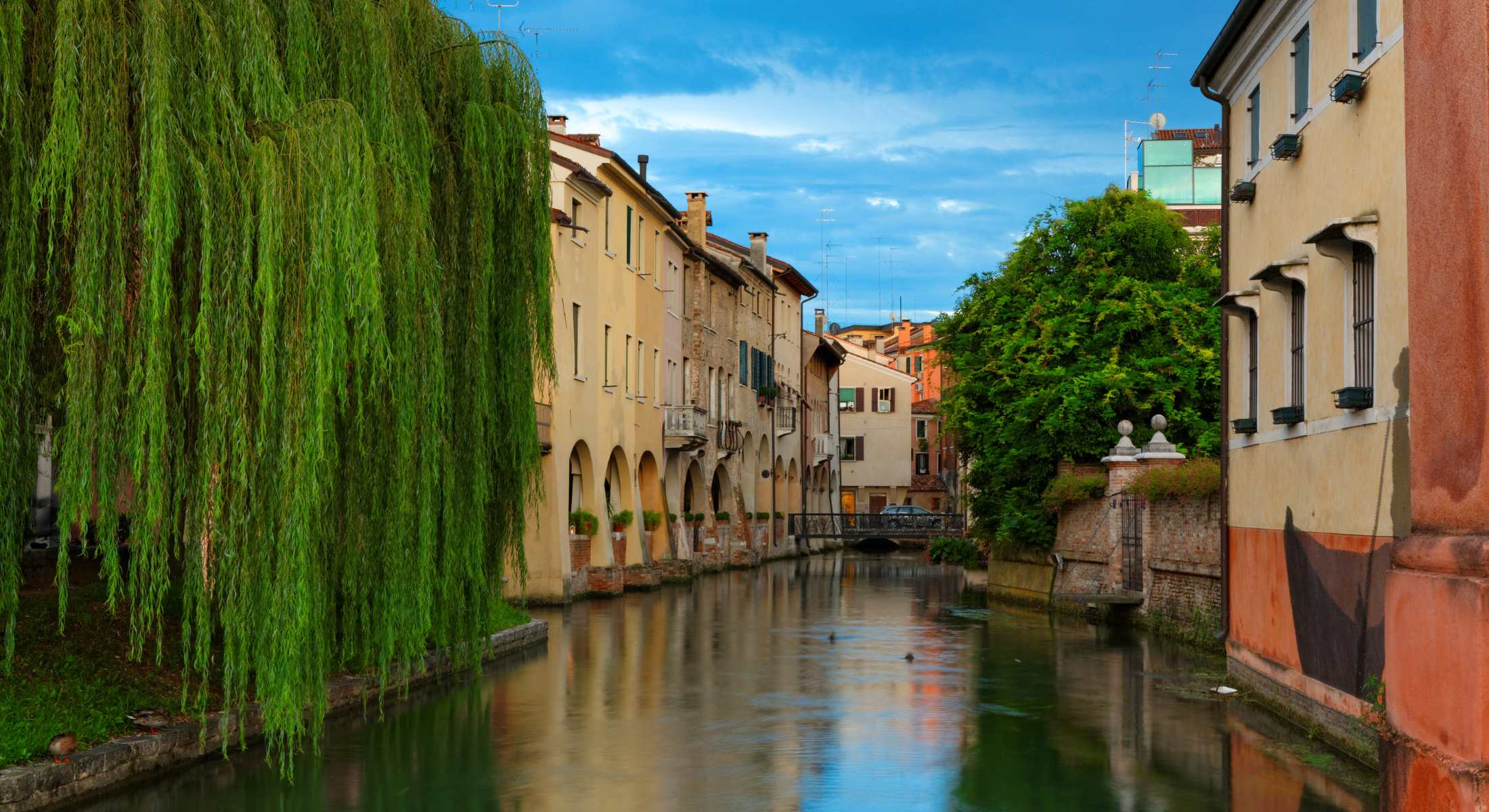Nearby cities
Are you looking for a hotel near Mestre and Venice as well as offering easy access to other nearby cities, like Treviso and Vicenza? Well voco® Venice Mestre is just what you’re looking for! Just two minutes from the A4 motorway exit, it is in a strategic location, perfect for easily visiting the most beautiful cities in the Veneto region.
This page gives you a brief overview of Treviso, Padua and Vicenza – charming ancient cities that are definitely worth a visit. So says voco®!





